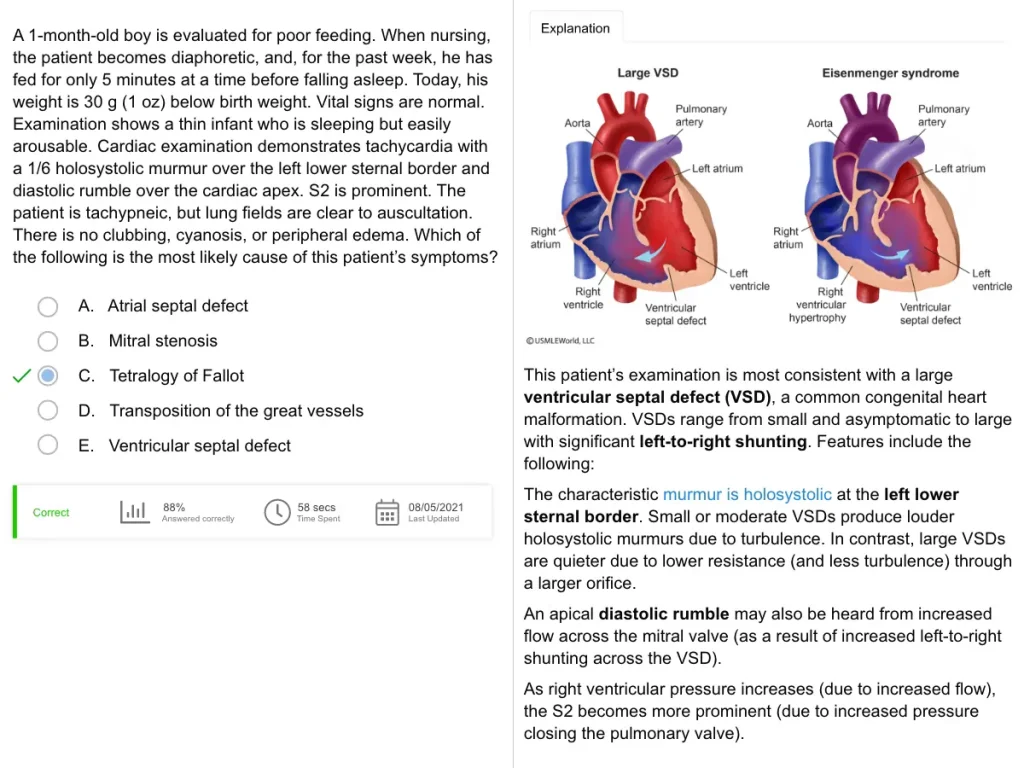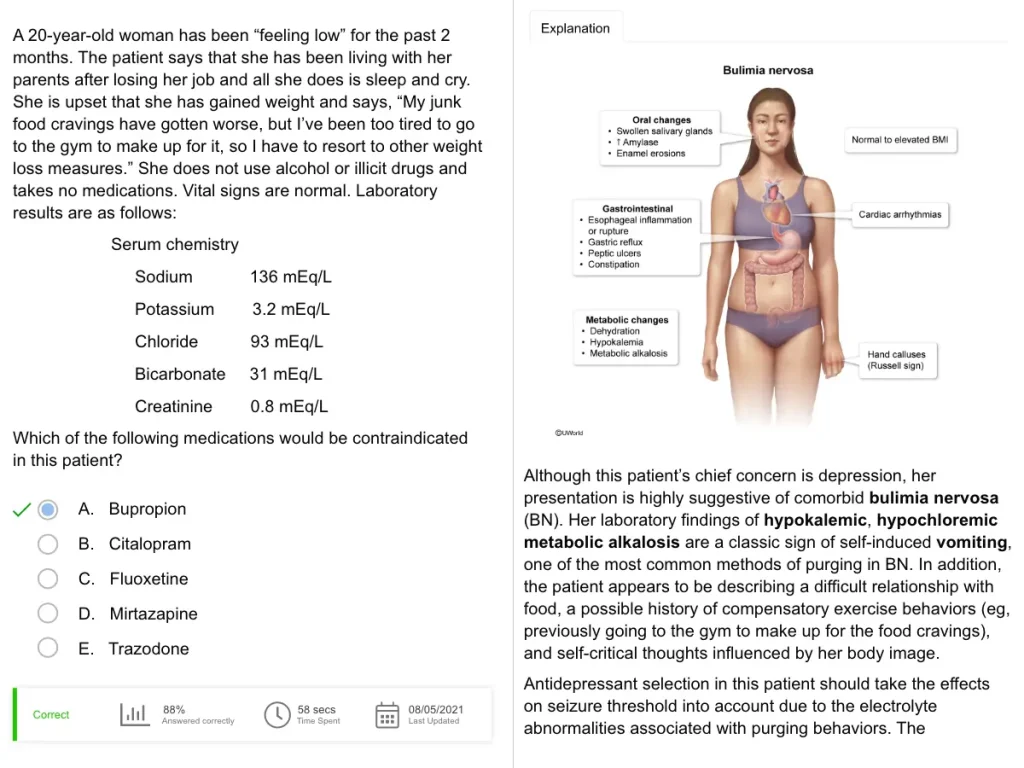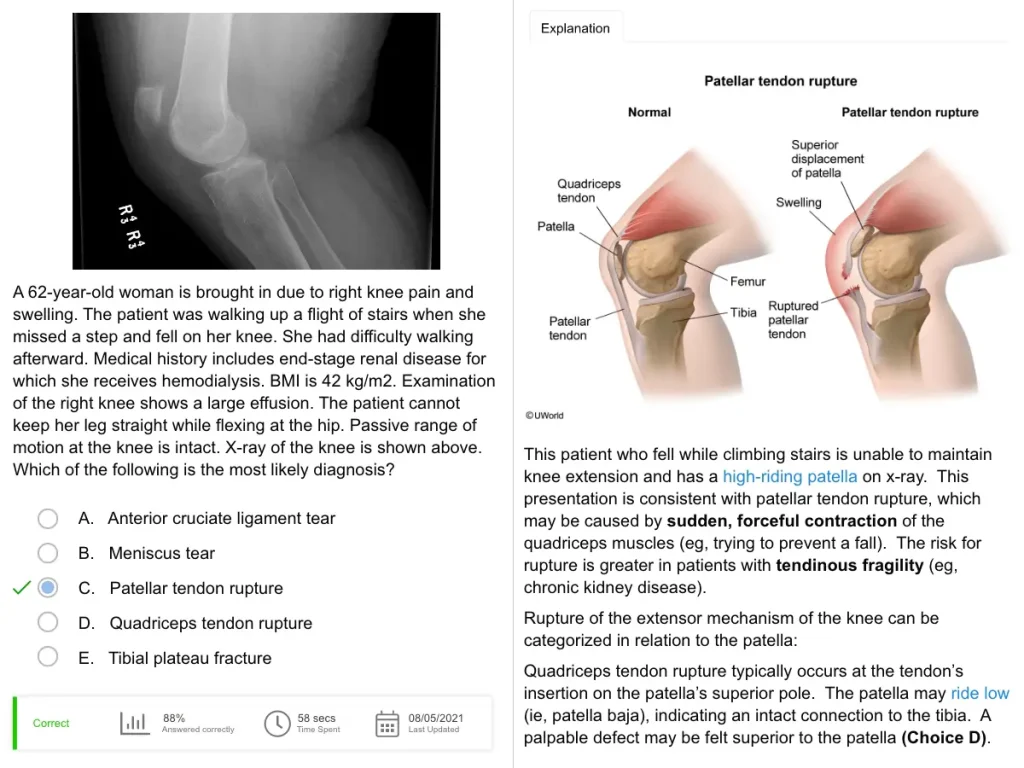About the PANRE®
The Physician Assistant National Recertifying Examination® (PANRE) is a recertification exam required by the National Commission on Certification of Physician Assistants® (NCCPA®) to assess physician assistants’ core medical and surgical knowledge. To help you prepare for your PANRE, we’ll discuss how frequently you need to get recertified, what the exam covers, study tips, and similarly important information.
Why Is the PANRE Required & Who Should Take It?
Certified PAs must pass the PANRE or complete the Physician Assistant National Recertifying Examination Longitudinal Assessment (PANRE-LA) requirements in order to maintain licensure with the NCCPA and continue practicing medicine. The overall purpose is to ensure PAs remain experts regarding ever-changing medical knowledge and practices. PAs must meet Continuing Medical Education (CME) requirements in addition to passing the PANRE exam or completing all the PANRE-LA requirements.
When Is the PANRE required?
Physician assistants who decide to take the PANRE must pass their recertification exam every 10 years to keep their license. Candidates are eligible to take the PANRE when they are in their 9th or 10th year of the certification maintenance process. This process includes five, two-year cycles during which candidates must log 100 CME credits and submit their certification maintenance fee (by 11:59 p.m. PT on Dec. 31 of their certification expiration year).
When you are ready to register for the exam, you log into your NCCPA account and complete the registration process. The registration fee is $350. Soon after this is submitted, you will receive an acknowledgment email detailing your 180-day testing window and instructions on how to schedule your exam. Read more about PANRE exam eligibility, registration, and costs.
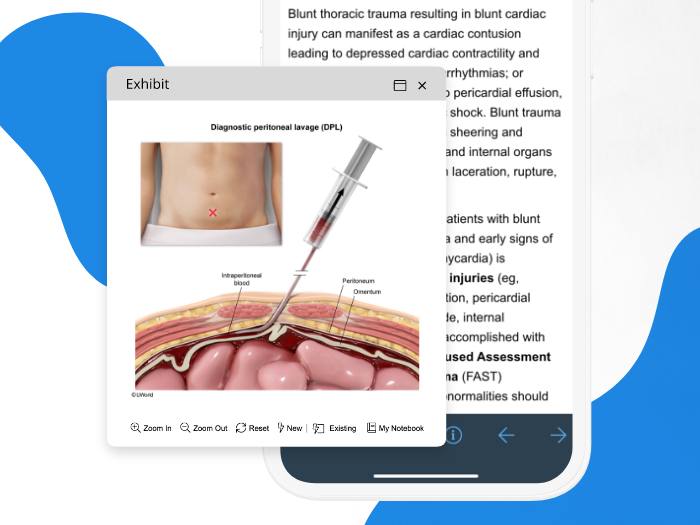
PANRE Exam Format and Structure
The PANRE exam is completed in a 5-hour block consisting of four 60-minute testing sessions. Between each testing session is a 15-minute break, resulting in 45 minutes of total break time. The remaining 15 minutes in the 5-hour block are for candidates to complete a PANRE tutorial at the beginning of the exam.
How many questions are on the PANRE?
There are 240 questions on the PANRE. Each block consists of 60 multiple-choice questions, resulting in a required average completion rate of 1 problem per minute. To help you prepare, the UWorld PANRE QBank offers over 2,000+ practice problems written in the exam’s format. As you get comfortable with the material, turn on the timer feature to limit yourself to the exam’s 1-question-per-minute rate. This will further reveal your preparedness for the exam and allow you to develop the stamina needed to succeed when it counts.
PANRE exam breaks
During your 5-hour testing block, you will receive 45 minutes of scheduled break time. When you complete a testing session, you will receive break instructions on your screen. Any time taken beyond your allotted break time will be deducted from your testing time, meaning your exam may close earlier than expected. Below are a few rules to remember when taking your breaks:
- During scheduled breaks, you may access personal items stored in your locker.
- During unscheduled breaks, you may not access cell phones, computers, exam notes, PDAs, study guides, books, or similar material that could assist you on the exam.
- During unscheduled breaks, you may access medication or food required at specific times with prior approval from the NCCPA.
PANRE difficulty
As a practicing PA who likely hasn’t taken a standardized exam in years, you may be wondering, “How hard is the PANRE?” The NCCPA uses a scale-score metric to report scores and account for differences in difficulty levels between exams. A minimum score is 200, a passing score is 379, and a maximum score is 800. While this might make the exam sound easy, it’s anything but. You will need to brush up on a number of topics and get accustomed to answering a wide variety of questions in a short period of time. Procedures and the exam’s focus change, as well, meaning some content may be new. As with anything else, the best way to prepare is to practice.
What Is on the PANRE?
The NCCPA has a detailed PANRE blueprint organized by content category and assessment level. PAs can get an idea for the detail at which each disease and disorder will be assessed by viewing these level-by-level breakdowns. Below is the overall percent allocation for each content area:
| Content Area | % Allocation* |
|---|---|
| Cardiovascular System | 12% |
| Dermatologic System | 5% |
| Endocrine System | 8% |
| Eyes, Ears, Nose, and Throat | 8% |
| Gastrointestinal System/Nutrition | 10% |
| Genitourinary System | 5% |
| Infectious Diseases | 7% |
| Musculoskeletal System | 8% |
| Neurologic System | 5% |
| Psychiatry/Behavioral Science | 7% |
| Pulmonary System | 10% |
| Renal System | 4% |
| Reproductive System | 5% |
| Emergent Topics (Legal, Ethical, DEI) | 2% |
Are PANRE practice questions worth it?
UWorld PANRE practice questions are fully representative of the NCCPA blueprint, ensuring you have the opportunity to study every topic on the exam. Prepared by practicing PAs, our sample problems cover real-life clinical scenarios, while detailed explanations and illustrations teach high-yield concepts. All of this is housed in an environment that simulates the exam’s interface to increase your confidence and make the real exam feel like practice.
Realistic Test Simulation
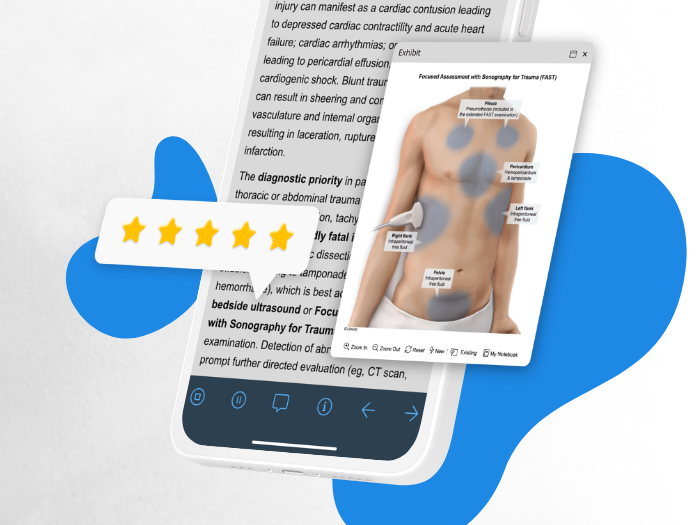
Tips for Passing the PANRE on Your First Attempt
At UWorld, our data-driven approach to exam prep has helped millions of students prepare for and pass their high-stakes exams. Our content team of practicing PAs has applied these proven methodologies to our PANRE QBank with the following suggestions to pass on your first attempt.

The UWorld PANRE prep course features practice questions designed to be at exam level or higher. Through challenging, realistic questions and highly detailed answer explanations, we aim to help PAs become better clinicians. If you track your progress through our performance metrics and score well in each subject, system, and topic, you will do well on the PANRE exam.

